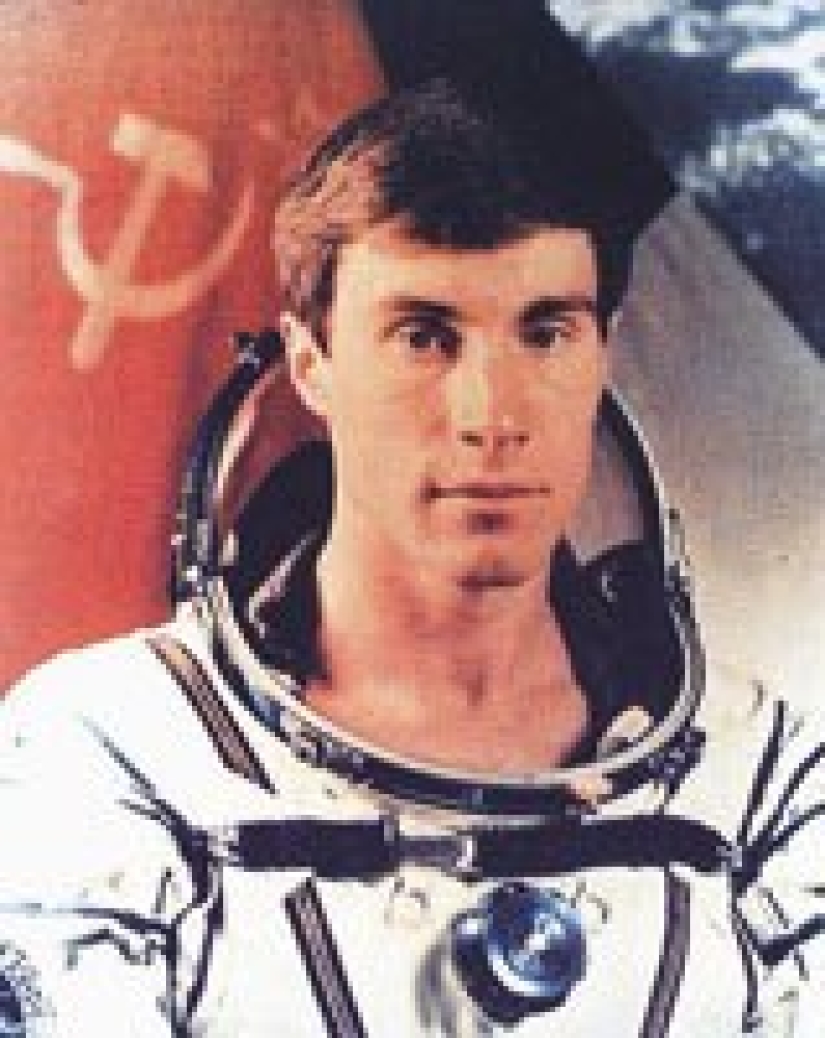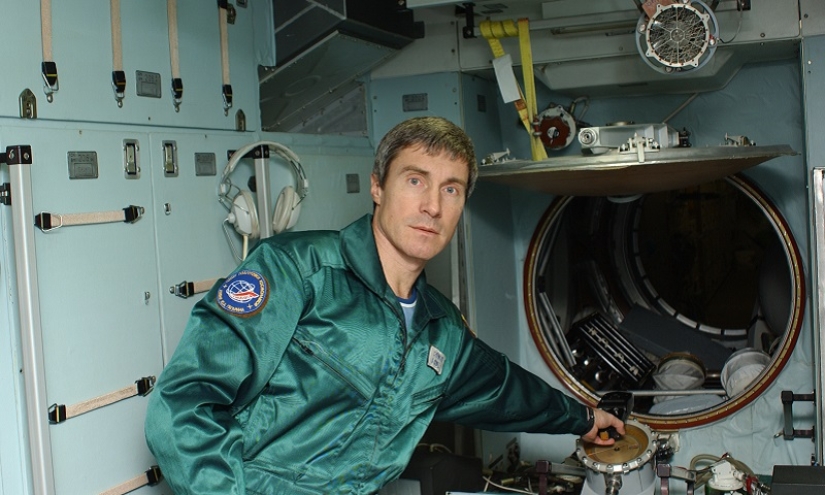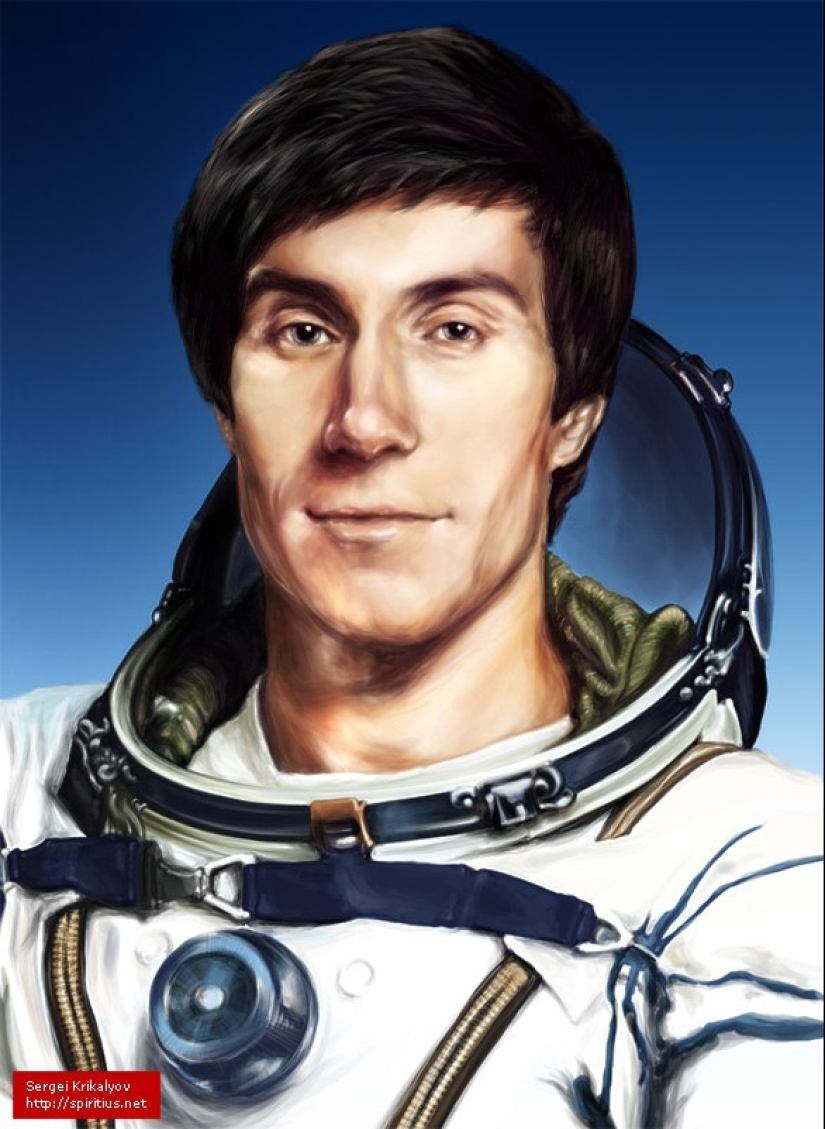Sergey Krikalev is the most famous Russian cosmonaut after Gagarin, who was "forgotten" in space
In February 1994, the first flight of a Russian cosmonaut on an American spacecraft took place. This was the flight of Sergei Krikalev on the Discovery shuttle as part of the STS-60 space flight. In orbit, the shuttle's ventilation system failed. The Americans had clear instructions: to report the breakdown to Earth and wait for instructions. While in Houston they were deciding what to do, the condensate accumulated in the ducts began to freeze, something had to be done.
Krikalev did not want to interfere. When did the astronauts ask: "What would you do?" - Sergey answered: "I would fix it." And then he took it and fixed it.



In December 1990, Krikalev began preparing to participate in the ninth expedition to the Mir station. Soyuz TM-12 was launched on May 19, 1991 with commander Anatoly Pavlovich Artsebarsky, flight engineer Krikalev and British astronaut Helen Sharman. A week later, Sharman returned to Earth with the previous crew, while Krikalev and Artsebarsky remained on the Mir. During the summer, they carried out six spacewalks, while conducting numerous scientific experiments, as well as maintenance work on the station.
Before his second flight in May 1991, Sergei Krikalev could not have imagined that events on Earth would make him a "space centenarian". On May 19, 1991, he, as part of the Soyuz TM-12 crew, launched to the Mir orbital station. The crew of the space expedition successfully completed all flight tasks and was going to return home. But the August events made their own adjustments to the flight plan.
The collapse of the Soviet Union led to a chain of destructive changes for our country. The budgets of space programs have been significantly reduced, while the obligations to other countries have not gone away. According to the program of international cooperation, cosmonauts from Austria and Kazakhstan were to go into space. It was planned that they would fly as part of different crews, but there was no money to launch two spaceships at that moment. It was decided to combine the flights, and one spacecraft went into orbit, in which there was not enough space for everyone to return to Earth.
Krikalev had to stay at the Mir orbital station until the arrival of the next spacecraft. Instead of the planned 5 months of work in space, he had to work in space orbit for almost another six months (about a year in total). In general, our famous cosmonaut remained in space because the rapidly disintegrating country could not provide a new Robinson the opportunity to return. Krikalev started, and returned in March 1992 to another country - Russia. For this flight, Hero of the Soviet Union S. K. Krikalev was the first cosmonaut to receive the title of Hero of Russia with the award of the Gold Star Medal No. 1.
In October 1992, NASA management announced that a Russian cosmonaut with space flight experience would fly on an American reusable spacecraft. Krikalev became one of two candidates sent by the Russian Space Agency to train with the STS-60 crew. Krikalev participated in the STS-60 flight— the first joint US-Russian flight on a reusable spacecraft (Shuttle Discovery). The STS-60 flight, which began on February 3, 1994, was the second with the Spacehab module (Space Habitation Module) and the first flight with the WSF device (Wake Shield Facility).
After making 130 orbits around the Earth and flying 5,486,215 kilometers, on February 11, 1994, the Discovery spacecraft landed at the Kennedy Space Center (Florida). Krikalev became the first Russian cosmonaut to fly on an American shuttle.
Sergey Krikalev works at the ISS, May 2005
During the flight with the American spacecraft, an emergency occurred — the life support electronics and the air duct failed. Despite the objections of the American side and the proposal to wait for a backup vessel from Earth, our cosmonaut managed to restore and restart the shuttle's instruments. This caused delight and extreme surprise on both the American and Russian sides.
After the STS-60 flight, Krikalev returned to his work in Russia. He periodically went on business trips to the Lyndon Johnson Space Center in Houston to work in the Mission Control Center with the Search and Rescue Service during joint US-Russian flights. In particular, he participated in the ground support of flights STS-63, STS-71, STS-74, STS-76.
Krikalev was appointed to the first crew of the International Space Station and was the first in December 1998 to go on a short-term mission to the ISS on the Endeavour shuttle.
Krikalev is known and admired all over the world (in some countries there are entire museum stands dedicated to our cosmonaut). American director Michael Bay in 1998 made the film "Armageddon", where the Russian cosmonaut-Colonel Lev Andropov, living alone on the space station (mad, unshaven, drunk, wearing a hat with earflaps and a padded jacket, hits the instruments, opens the fuel tap with a crowbar, blows up the Mir space station), was shown in a caricature form - however, in the end, it is he who saves all American astronauts by hitting the computer of the "non—removable" shuttle with a drawbar the key. It is absolutely not necessary that Krikalev was taken as the basis of the character, of course, but there are too many coincidences.
In a training suit, June 30, 2004
Today Sergey Krikalev works as the first deputy General Director of the Federal State Unitary Enterprise "Central Research Institute of Mechanical Engineering" for manned programs and is the most famous cosmonaut in the world, after Yuri Alekseevich Gagarin.
